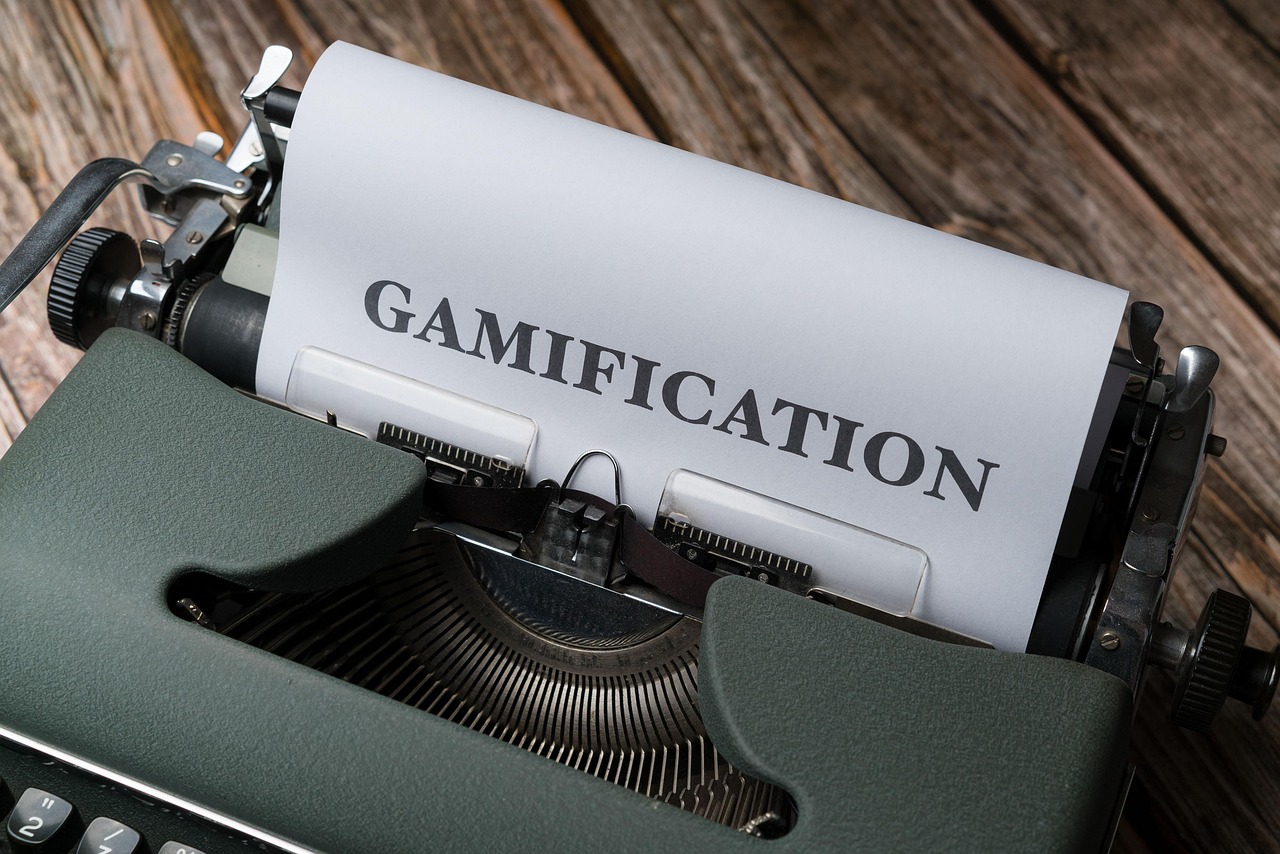Introduction to Gamification in Healthcare and Gaming
The concept of gamification has been a topic of interest in various sectors, including healthcare and gaming, for several years now. By incorporating game design elements and mechanics into non-game contexts, both industries have aimed to increase user engagement, motivation, and participation. As an experienced journalist in the field, I will delve into the world of gamification, exploring its applications, benefits, and future prospects in healthcare and gaming.
The Rise of Gamification in Healthcare
In the healthcare sector, gamification has been employed to promote healthy behaviors, improve treatment adherence, and enhance patient outcomes. For instance, mobile apps and online platforms have been developed to encourage physical activity, healthy eating, and stress management. These apps often use rewards, leaderboards, and challenges to motivate users to achieve their health goals. According to recent studies, gamification in healthcare has shown promising results, with increased engagement and improved health outcomes.
Gamification in the Gaming Industry
In the gaming industry, gamification is used to create immersive and engaging experiences for players. Game developers incorporate various mechanics, such as points, badges, and rewards, to encourage players to progress through levels, complete challenges, and interact with others. The use of gamification in gaming has led to the creation of highly addictive and engaging games that keep players coming back for more. However, it also raises concerns about the potential negative effects of excessive gaming on mental and physical health.
The Benefits of Gamification
So, what are the benefits of gamification in healthcare and gaming? Let’s take a look at some of the advantages:
- Increased engagement and motivation: Gamification encourages users to participate and engage with the platform or game, leading to increased motivation and interest.
- Improved outcomes: In healthcare, gamification has been shown to improve treatment adherence, health behaviors, and patient outcomes.
- Enhanced learning: Gamification can facilitate learning and skill-building, particularly in educational games and simulations.
- Social connections: Gamification can foster social connections and community-building, as users interact with others and share their progress.
Challenges and Limitations
While gamification has shown promise, there are also challenges and limitations to consider. One of the primary concerns is the potential for over-reliance on rewards and extrinsic motivation, rather than intrinsic motivation. Additionally, gamification can be designed poorly, leading to frustration, boredom, or anxiety. Moreover, the use of gamification in healthcare raises questions about data privacy, security, and the potential for exploitation.
Best Practices in Gamification Design
So, how can we design effective gamification systems? Here are some best practices to consider:
| Clear goals and objectives | Ensure that the game or platform has clear goals and objectives that are aligned with the user’s interests and motivations. |
| Meaningful feedback | Provide users with meaningful feedback and rewards that are relevant to their progress and achievements. |
| User-centered design | Design the game or platform with the user in mind, taking into account their needs, preferences, and behaviors. |
| Evaluation and iteration | Continuously evaluate and iterate on the game or platform, incorporating user feedback and data to improve the experience. |
Future Prospects and Trends
As we look to the future, what trends and prospects can we expect in the realm of gamification? One area of interest is the integration of artificial intelligence and machine learning, which can enhance personalization and adaptability in gamification systems. Another trend is the use of virtual and augmented reality, which can create immersive and interactive experiences that simulate real-world environments.
Conclusion and Final Thoughts
In conclusion, gamification has the potential to revolutionize the way we approach healthcare and gaming. By incorporating game design elements and mechanics, both industries can increase user engagement, motivation, and participation. However, it is essential to consider the challenges and limitations of gamification, as well as best practices in design. As we move forward, it will be exciting to see how gamification evolves and is applied in new and innovative ways.
Answering Your Questions
You may have some questions about gamification, such as: What are the most effective gamification strategies? How can I design a gamification system that is both engaging and meaningful? What are the potential risks and challenges associated with gamification? To answer these questions, it is essential to consult the best articles and research from respected publications, which provide valuable insights and expertise in the field.
As you explore the world of gamification, remember that the most effective systems are those that are designed with the user in mind, incorporating clear goals, meaningful feedback, and user-centered design. By following best practices and considering the challenges and limitations, we can harness the power of gamification to create engaging, motivating, and impactful experiences in healthcare and gaming. So, what are you waiting for? Join the conversation and explore the exciting world of gamification!

